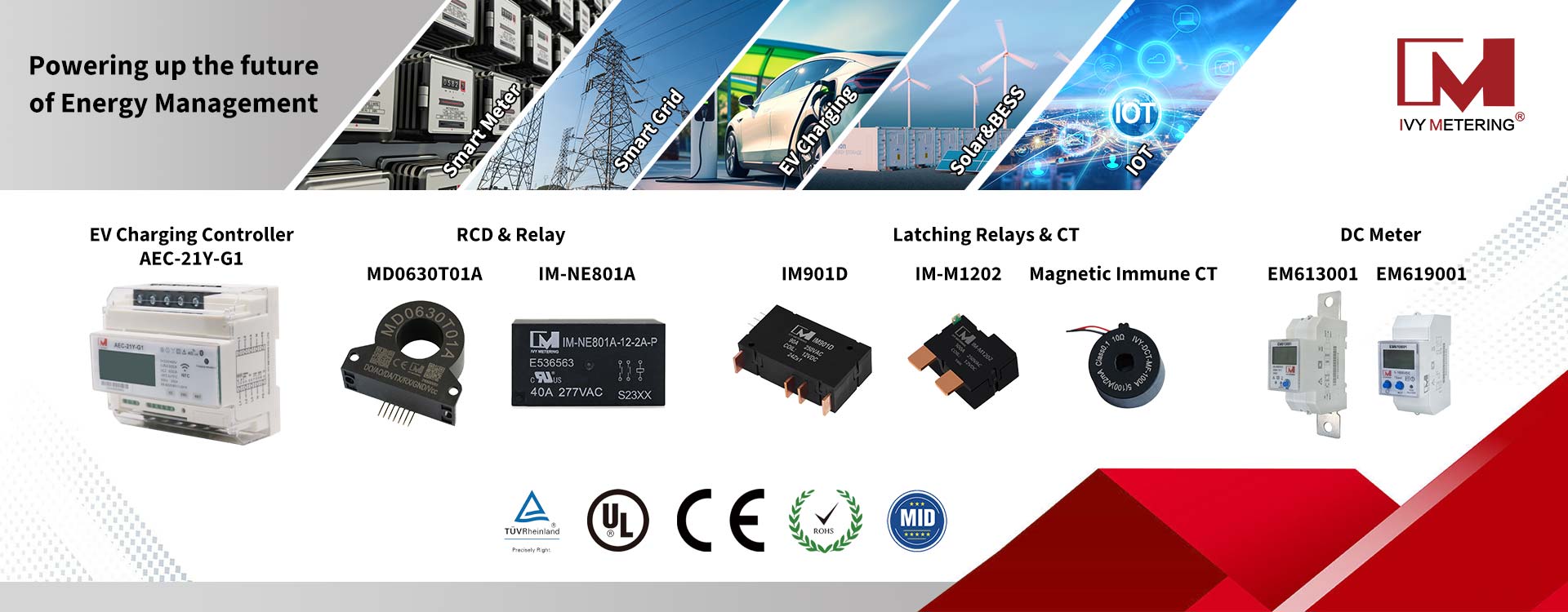Residual Current Device, Making EV Charging More Safer
Charging is safer, electricity is more accurate, and design is more efficient
1. Electric vehicles are developing rapidly, and the demand for charging piles is strong.
International standard "IEC62752-2016 In- cable control and protection device for mode 2 charging of electric road vehicles (IC-CPD)" was officially released in 2016. The function and role of IC-CPD are specified in the standard. Among them, TypeB residual current detection becomes an important function. The RCPD (Residual Current Protection Device) series of residual current sensors launched by RichSens fully meet this standard.
The second charging mode (Mode2) is gradually popularized. IC-CPD has become a standard accessory in electric vehicles. The popularization of IC-CPD can greatly facilitate charging at any time, including home charging and out-of-home charging. As the second charging mode (Mode2), it is also accepted by more users. As the standard is upgraded and unified, more OEMs will also choose IC-CPD as a standard accessory.
In 2017, the global sales of new energy electric passenger vehicles were 1,197,100, a year-on-year increase of 67%, of which overseas sales were 629,700 (a year-on-year increase of 51.78%) and China's sales were 567,400 (a year-on-year increase of 88.1%). Most of them are based on pure electric vehicles.
2. Residual current is more complicated and prevention is more urgent.
Residual current monitoring and residual current popularization application can be traced back to around 1990. It was TypeAC at the earliest, and TypeB residual current monitoring has been adopted in many fields. The containment relationship is shown in Figure 2. It is precisely because of the complexity of the electrical equipment and the complexity of the circuit topology that the residual current monitoring has evolved from the TypeAC type to the current TypeB type. The TypeB residual current definition includes TypeAC, TypeA and DC residual current, so TypeB residual current detection is a relatively high requirement for residual current detection.
TypeB refers to the smooth DC and intermittent DC on the basis of Type A leakage (AC, pulsating DC, half-wave AC).
In the field of electric vehicles, The internal charging topology is more complicated, and the electric vehicle power battery is a DC power supply system. Therefore, the current component is more complicated, including AC current and pulsating current, especially in this special application scenario. Based on this, the residual current is also more complicated. The power battery of an electric vehicle is equivalent to a very large capacitive load.
In order to protect the safety of life and property, it is recommended to install a Type B leakage current sensor or Type B leakage circuit breaker with higher protection level on the charging pile. There are two conventional methods to prevent residual current:
1) Add a leakage circuit breaker (RCD)
In household and industrial fields, leakage switches are generally installed, such as TypeA leakage switches in gas water heaters , Leakage circuit breakers used in the industrial field. Especially in the field of charging piles, since the standard requires the use of TypeA or TypeB leakage circuit breakers, the scheme of adding leakage circuit breakers in the circuit system is generally adopted. In 2018, many companies such as China Southern Power Grid also promoted Type B leakage current sensors in the field of charging piles.
2) Add Type B current sensor
For example, residual current sensors are commonly used in photovoltaic inverters for leakage protection. Currently in IC-This scheme is commonly used in CPD.












